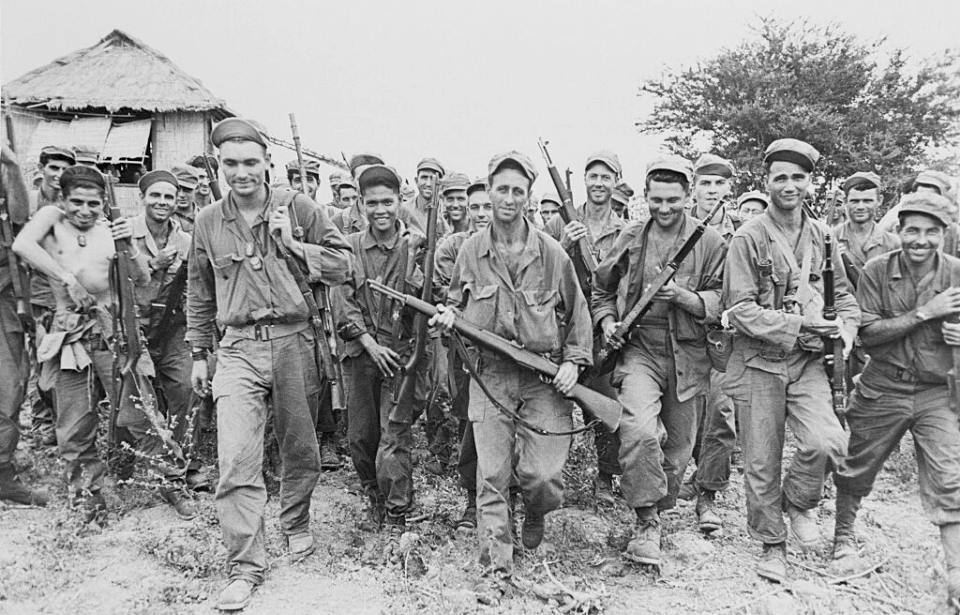Ray C. Hunt signed up for the US Army Air Corps at the start of the Second World War. He trained as an aircraft mechanic, specializing in the Curtiss P-40 Warhawk, and earned the rank of staff sergeant.
When Pearl Harbor was attacked by the Japanese on December 7, 1941, Hunt was stationed at a military base in the Philippines, which was attacked the following day. This thrust him into the thick of the war, where he’d go on to be part of the Bataan Death March, before joining the Filipino guerrilla fighters and leading his own forces.
Ray C. Hunt’s service in the Philippines
Ray C. Hunt was stationed at US airfield Nichols Field in the Philippines during the attack on Pearl Harbor. The US forces were given orders to defend the Bataan Peninsula, and weeks after Pearl Harbor became embroiled in the Battle of Bataan. The US had promised that extra troops, supplies and aircraft would be sent to help in the defense of the Philippines, but these were never sent. The soldiers were also placed on half-rations, so supplies could be diverted to those heading to the Pacific.
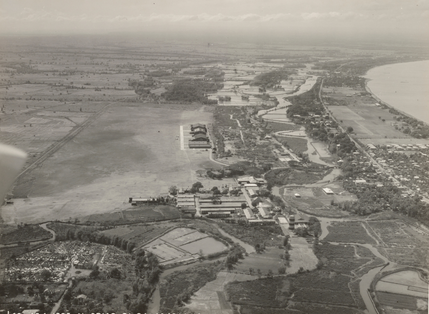
Hunt and other troops created an airfield in the jungle and flew missions against the Japanese. However, without their promised supplies and the half-rations, they suffered during the Battle of Bataan, both in combat and due to disease and starvation. Despite US and Filipino troops fiercely defending the peninsula, they were unsuccessful against the Japanese forces.
Bataan Death March
On April 9, 1942, the US forces officially surrendered to the Japanese on the Bataan Peninsula. The roughly 75,000 Filipino and US troops on the island were then forced to walk 65 miles to Japanese prison camps in what infamously became known as the Bataan Death March. It earned its name for the grueling conditions of the walk and the brutality of the captors.
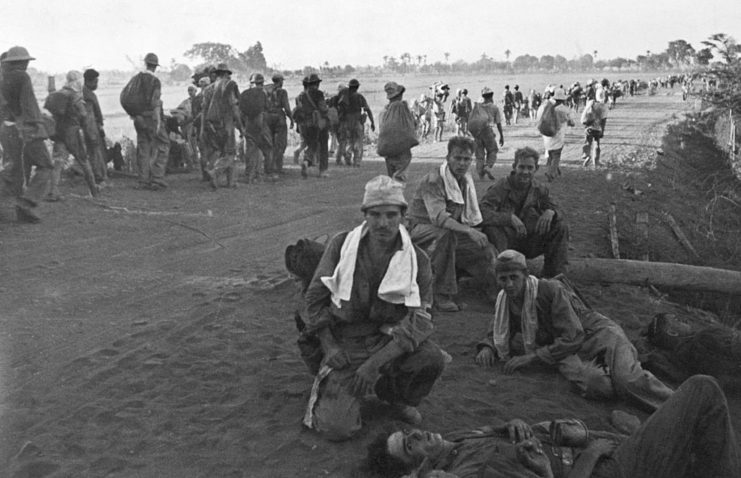
Hunt recalled, “I don’t remember how many of those days I actually spent marching down the road accompanied by Japanese guards: seven or eight most likely, possibly ten.” Fortunately, he managed to escape, along with others, and was taken in by the Fassoth family.
Fassoth Camp
The Fassoths – American William Fassoth and his Filipina wife, Catalina – set up an evacuation camp for their family after the Japanese bombing of the Philippines. It wasn’t long before other Filipino refugees and American soldiers were seeking shelter at their door.
Eventually, the family began to pay locals for every American found and brought to the camp in the Zambales Mountains. William arranged the food and supplies, while Catalina looked after those who were sick or injured. Hunt spent five months recovering after being starved and suffering from malaria, beriberi and jaundice.
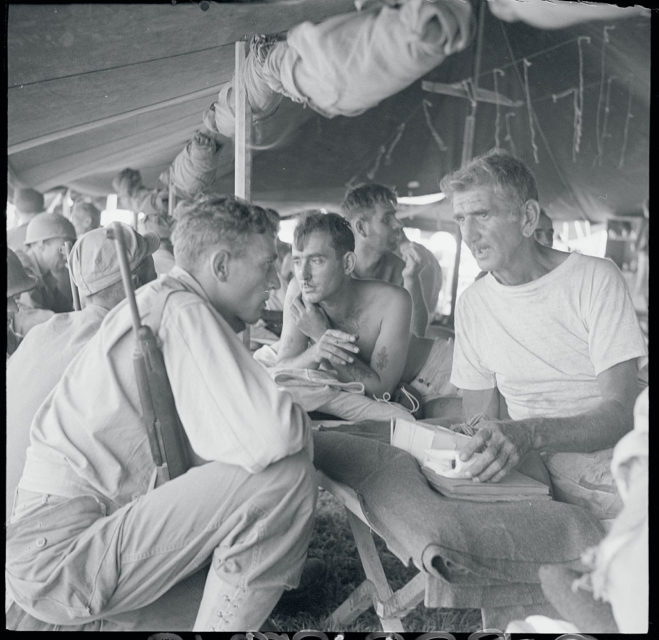
The camp was eventually raided by the Japanese in September 1942, and Hunt made his second escape of the war. He made his way to Tibuc-Tibuc for more medical care before traveling to San Jose. There, he recruited a small force before joining other guerrilla fighters.
The Fassoths continued to operate their camp even after the raid, but, eventually, William and Catalina turned themselves in to keep their family safe and were subsequently sent to the Cabanatuan Prison Camp.
US Army Air Corps mechanic turned Filipino guerrilla
After Hunt recovered, he joined with guerrilla forces to fight against the Japanese. They spent their time gathering intelligence, as well as launching attacks where possible. Hunt served under Robert Lapham, another American turned guerrilla leader. Lapham was very successful in his command, and he established a large network of different units. The one commanded by Hunt eventually totaled 3,400 men.
The guerrillas received orders on January 4, 1945 to implement Operations Plan 12: five days of attacks on the Japanese in preparation for the US invasion of Luzon.
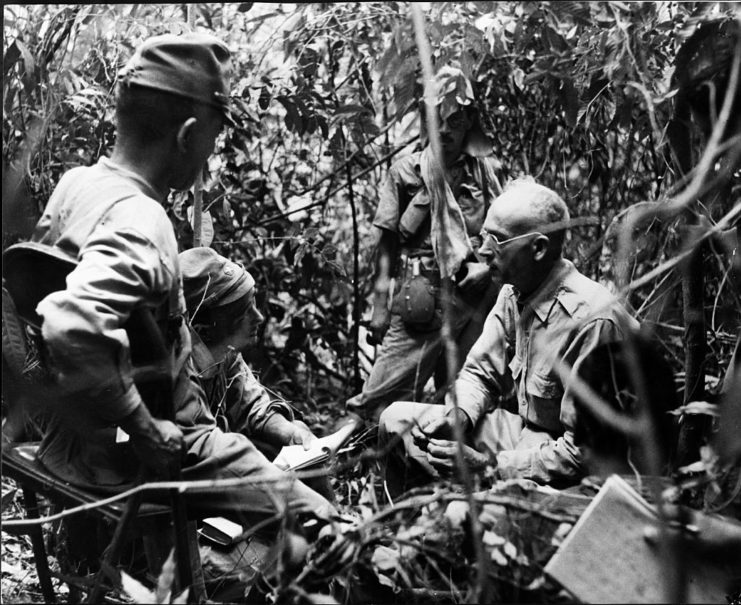
During these five days, Hunt and his guerrilla battalion were credited with killing over 3,000 Japanese soldiers. The invasion of Luzon was greatly helped by the network of guerrilla fighters that had become established in the area. Lapham had more than 12,000 fighters, as well as extensive information on the Japanese forces.
Ray C. Hunt returns to the United States
When the US Army returned to the Philippines, as Gen. Douglas MacArthur had promised, Ray C. Hunt stayed to fight alongside them. He served with the 32nd Division while continuing to coordinate guerrilla activities during the Battle of Villa Verde Trail.
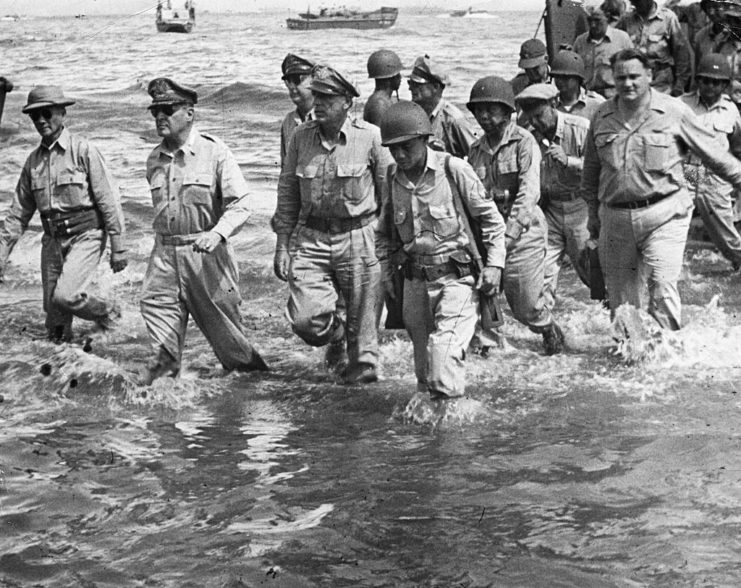
More from us: American Soldiers Teamed Up with Germans and Cossacks to Save Horses from the Red Army
In June 1945, Hunt was awarded the Distinguished Service Cross by Gen. MacArthur and the Bronze Star. He was also formally given the rank of captain, which was applied retroactively to December 1943. Hunt left the Philippines in June 1945 to become a US Air Force fighter pilot, before retiring with the rank of lieutenant colonel.
